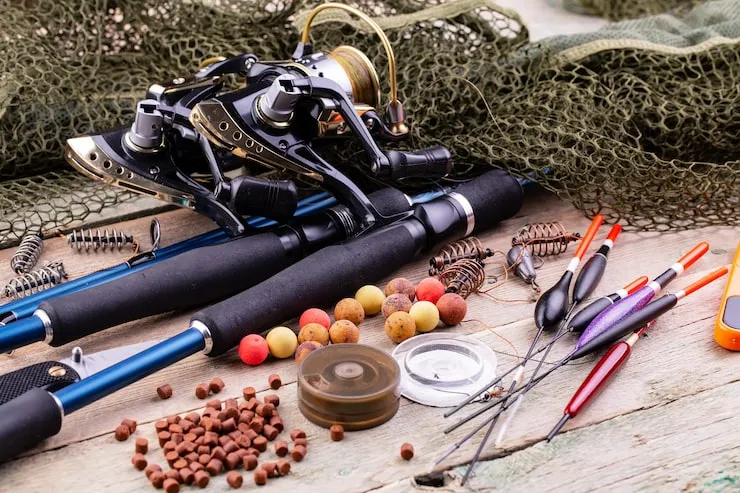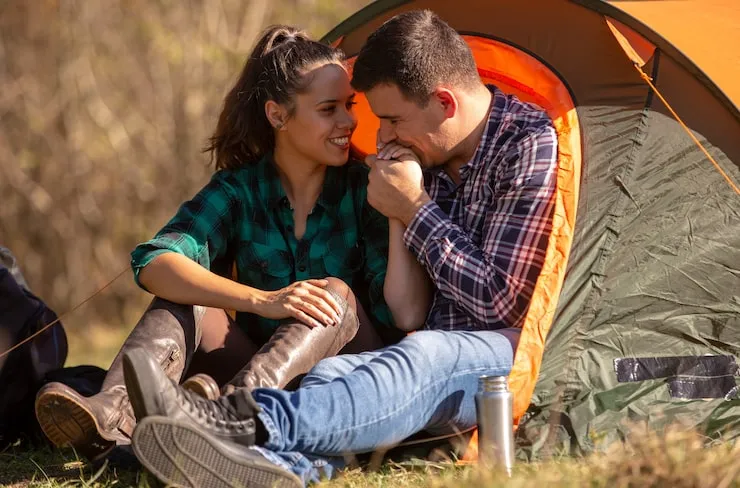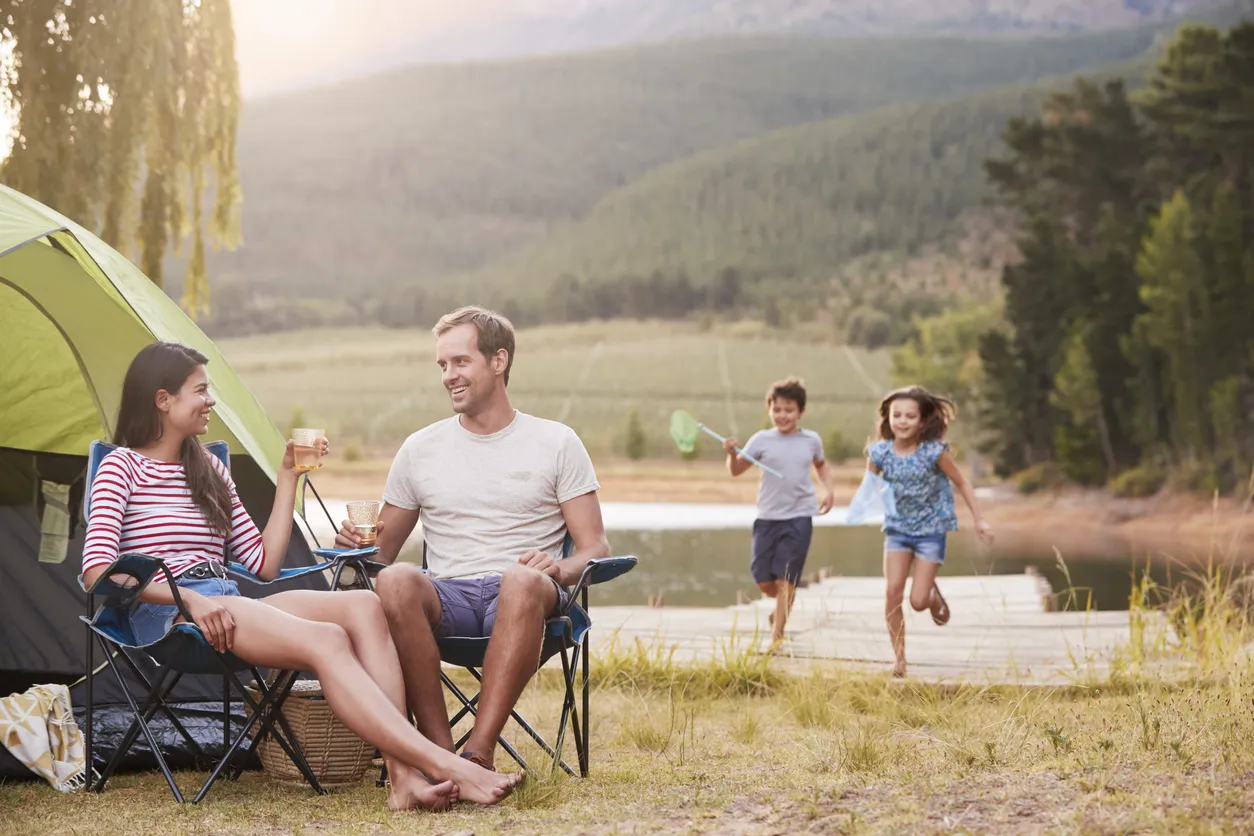This episode is all about Bivy’s and Luke will be going over the Pros, the Cons, When, Where and Why to use them…also, when not to.
…
Truth About Using a Bivy
The topic of this video deals with Bivy’s and specifically on when to use them and when not to. Before going any further, do keep in mind that these are my thoughts, my experiences and are based on using bivys for decades. Since I started the channel, you all have seen me use a bivy in rain with a tarp, in freezing rain and sleet all by itself, you have seen me use them in cold conditions below 0f and in the snow. I have also a bivy on warm summer nights in very humid conditions.
To start, lets go over what a bivy is;
Bivy sack, aka, bivouac sacks are specialized pieces of gear and like any tool will have a right time and place to use. This is true with virtually any piece of gear but bivys are especially polarizing in terms of use; they can be amazing in certain situations or downright awful!
It was invented to serve climbers who wanted lightweight emergency weather protection for sleeping bags during multiple-day ascents, particularly on big walls.
Early bivy sacks were little more than waterproofed nylon slipcovers for sleeping bags—good for shielding sleeping bags from rain, not so good when ventilating vapor produced by body heat.
Bivy design today involves 2 tiers of fabric:
· The bottom tier typically consists of a durable grade of nylon coated with urethane to make it waterproof. This is the same material used for most tent floors.
· The top tier is usually made of ripstop nylon (a lighter fabric) and treated with a waterproof, breathable laminate such as Gore-Tex®.
Types of Bivys :
Structured vs. Non-structured. Structured bivy sacks are great if you like a little bit extra wiggle room. They give you extra head space and breathing room. Non-structured are perfect for when you reach extreme elevations, and you really need to cuddle up to hide against the elements.
There are also Bivy Tents like the Ionosphere but that is more of a tent than a bivy and won’t be discussed in this video.
Fabrics. There is a wide range of materials which are used for bivys including gore-tex, nylon, and so on. Goretex in general is the most expensive due to the waterproof and breathable properties of gore-tex…those benefits translate to heavier weight. Nylon will be less expensive, less breatable, lighter in terms of weight.
Openings. Some allow for you to crawl in, some unzip and you plop yourself inside of. Some can be closed up completely to block bugs and some will remain open.
Size/weight. While fabric has a lot to do with the weight of your bivy sack, there are plenty of options to choose from in size. Because the bivy sack was created for the minimalist, you do have many ultralight options. Remember, not all bivys are light and in fact, some can be heavier than a 1 person tent.
Pros : Generally lightweight, can add up to 10 degrees to your sleep system which may be desired for cold weather trips, most are either waterproof or at least, water resistant, can be bug proof if your model is sealable, when using a bivy by itself and in good conditions, you are going to be able to make camp in places you never thought possible; locations were are impossible for tents and other shelters. Block the wind wonderfully. Super easy, simple and quick setups
Cons : Not a good solution for rainy and wet conditions unless used with a tarp, bivys add numerous degrees of warmth to your sleep system which you may not desire if it is warm and humid. Condensation issues are common with bivys, bugs can be unless your bivy features a way to seal up the entrance….if you can seal yourself in, you will be adding more warmth and will be limiting your venting…that equals more moisture. Bivys are generally very limiting in terms of space….if you love being restricted and having limited amounts of room to move around, you’ll love a bivy (most people don’t like either of these). If you are a fan of sprawling out and having a lot of space, a bivy can take some time to get accustomed to.
…
Web Site : www.theoutdoorgearreview.com
Come Join Us on Facebook and Twitter:
Facebook: https://www.facebook.com/pages/The-Outdoor-Gear-Review/281509538652229
Twitter: https://twitter.com/OutdoorGearRev
…..















